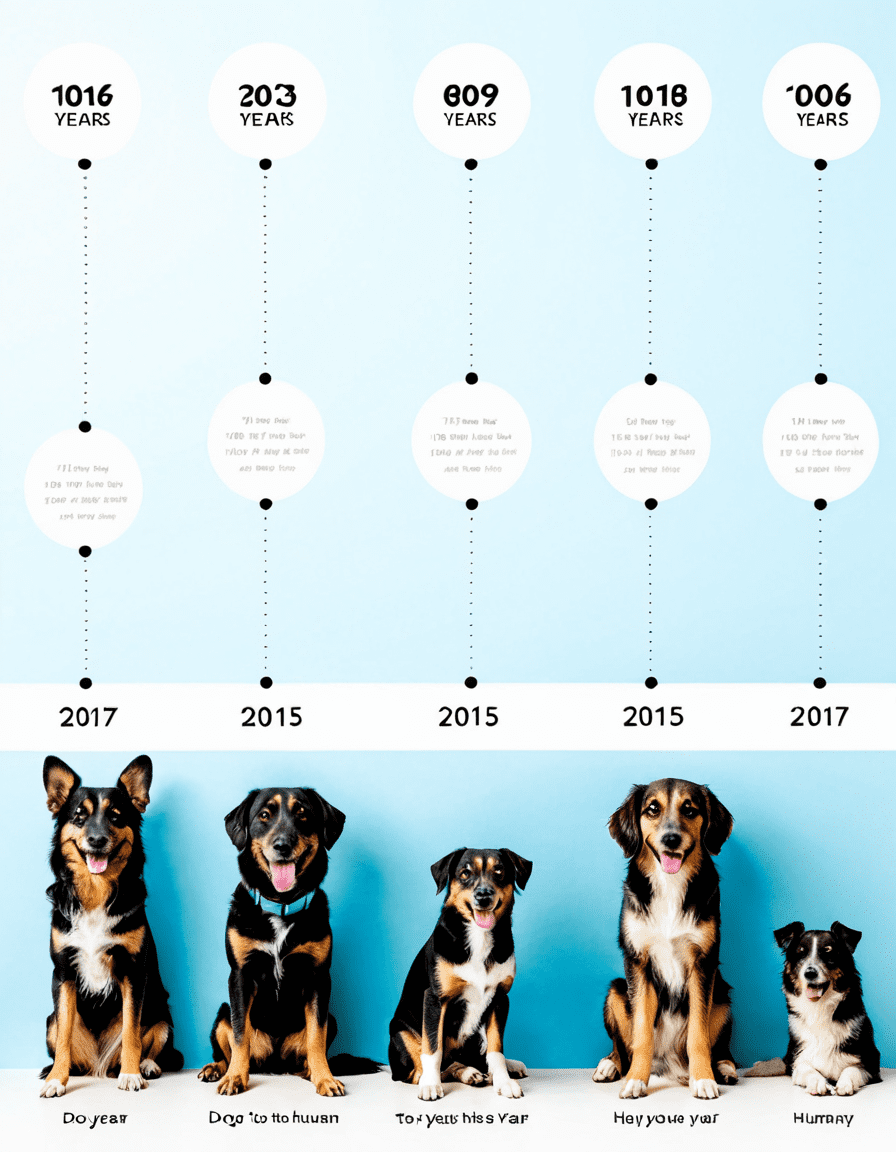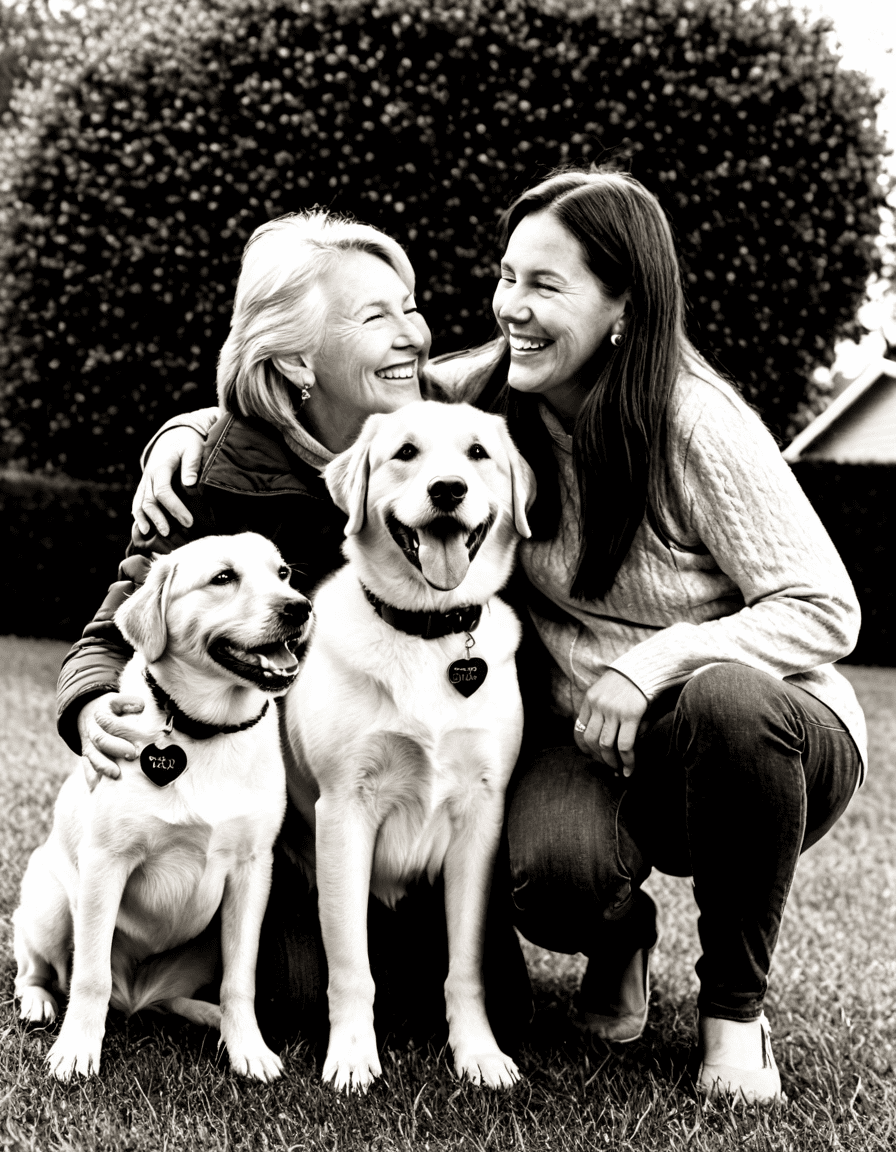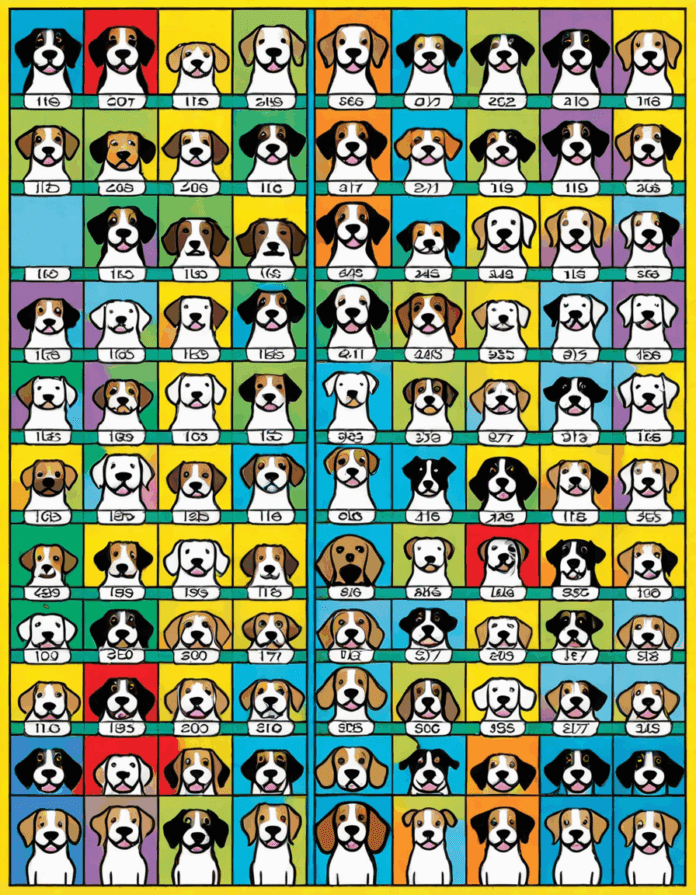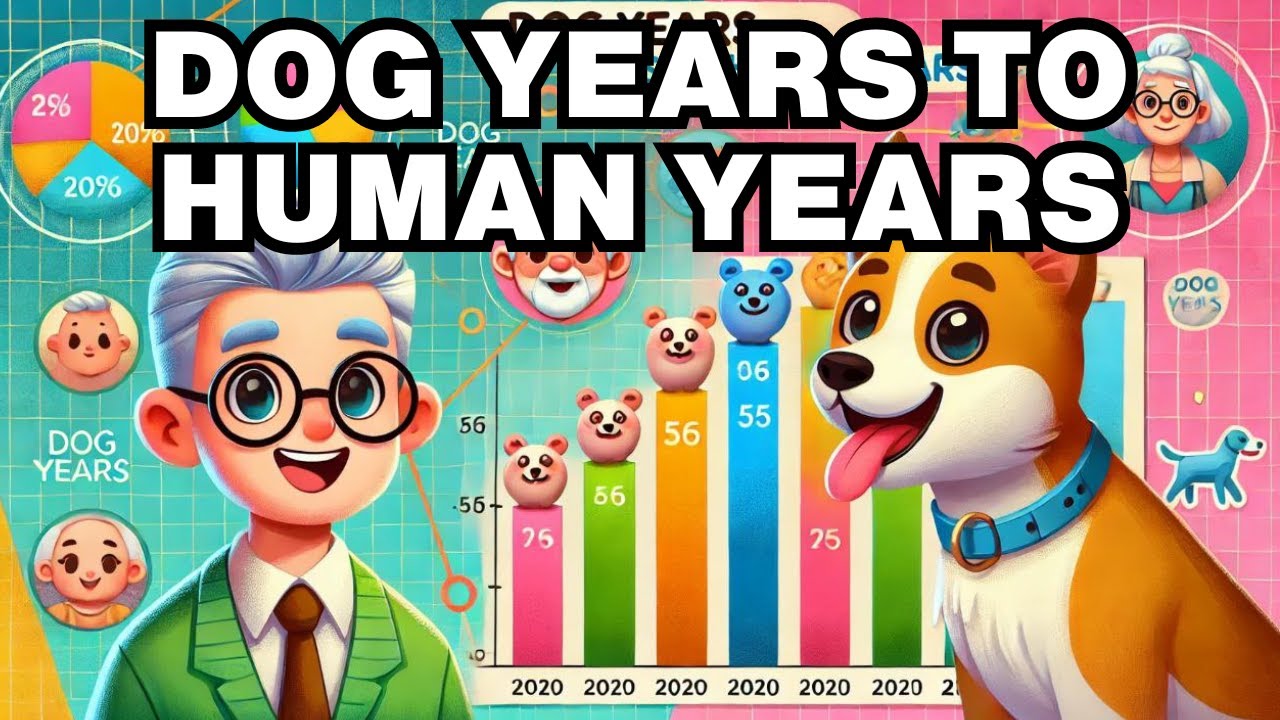Translating dog years to human years is often viewed through a simplistic lens, where multiplying a dog’s age by seven seems like the gold standard. Yet, as we venture deeper into the intricate world of canine biology and psychology, we uncover insights that reshape our understanding of our pets’ lifespans, behaviors, and health needs. By grasping this conversion, we can enhance our care for our furry friends and truly appreciate the fleeting time we have with them.
Top 5 Insights on Dog Years to Human Years Conversion
Surprisingly, the age-old belief that one dog year equals seven human years falls flat. Recent studies reveal that dog aging isn’t linear—smaller breeds tend to live longer than their larger counterparts. A five-pound Chihuahua ages at a different pace than a 100-pound Great Dane. According to a 2019 study published in Veterinary Medicine and Science, the first year of a dog’s life equates to about 15 human years, with the second year adding around nine. By the third year, the aging process drastically slows, suggesting a far more complex approach to understanding canine aging.
Size and breed play pivotal roles in determining a dog’s lifespan. Breeds like the Saint Bernard often age much faster than smaller breeds such as Yorkshire Terriers. The American Kennel Club (AKC) offers vital insights, stressing that a dog’s breed directly influences its longevity. For example, a Labrador Retriever typically enjoys a lifespan of about 10 to 12 years, whereas a Toy Poodle may thrive for 12 to 15 years. This variance is essential in translating dog years to human years, particularly when factoring in specific health concerns associated with various breeds.
To accurately interpret dog years to human years, it’s crucial to understand a dog’s life stages: puppy, adult, and senior. Puppies (0-1 year) age swiftly; young adults (1-7 years) engage in a balance of physical maturation and exuberance, while seniors (7+ years) often battle age-related health issues. Recognition of these life stages significantly impacts dietary needs, activity levels, and sociability, showcasing the comprehensive effects aging has on a dog’s lifestyle.
A dog’s environment and lifestyle choices significantly shape its lifespan, which, in turn, affects how we see the dog years to human years ratio. Dogs that enjoy regular exercise, balanced diets, and routine veterinary check-ups typically lead longer lives. A comprehensive study from Banfield Pet Hospital found that consistent weight management and preventative health care could extend a dog’s life expectancy by an average of 1.8 years. This highlights how practical, proactive care can enhance the narrative of dog aging, illuminating the joys and responsibilities of pet ownership.
Different cultures have varying perceptions of aging pets and their human equivalents, adding a rich layer to our understanding of dog years to human years. In Japan, for instance, the bond between humans and cats has encouraged a trend where pet owners celebrate their cats’ birthdays similarly to human celebrations. Such cultural attitudes shape conversations surrounding pet aging, offering diverse viewpoints on how we interpret and navigate our pets’ lifespans.

Goosebumps: The Vanishing of America’s Pet Ownership?
As pet owners dive deeper into the mysteries of aging canines, broader trends in pet ownership reveal significant shifts. A 2025 survey indicated that pet ownership in America has reached a tipping point, with 70% of households welcoming a pet into their homes. This growing familiarity with aging issues fosters not only deeper relationships between pets and their humans but also raises critical questions about the evolving landscape of pet care and animal health. With so many families bringing pets into their lives, nurturing the bond with our companions has never been more essential.
The Surprising Connection: What Dinosaur Has 500 Teeth?
In a fascinating twist, looking back at our planet’s prehistoric past shines a light on elements of our current understanding of aging in pets. Did you know that the hadrosaur—often called the duck-billed dinosaur—developed up to 500 teeth? As we ponder what dinosaur has 500 teeth, we begin to see parallel principles governing their evolution that resemble dog evolution. Such reflections on longevity across species open up new avenues for insight into pet care, longevity, and the inherent complexities of aging.
By diving headfirst into the nuances of dog years to human years, we empower ourselves as pet owners, enhancing our understanding of their unique aging journeys. Embracing this knowledge allows us to advocate effectively for our dogs’ health and happiness, fostering a more informed and meaningful relationship. Ultimately, acknowledging this rich tapestry of aging helps us form connections that go beyond mere numbers, allowing us to celebrate each wagging tail, playful bark, and loving moment.
In a time when dog years to human years is a crucial conversation, let’s cherish the time we spend with our pets. Understanding their aging journey enriches our lives and highlights the importance of companionship, loyalty, and love. Just like the differences in dog breeds and sizes, every relationship carries its own weight, and by learning, we can emerge as better companions for our beloved pets.

Dog Years to Human Years: Secrets You Need to Know
The Basics of Dog Years to Human Years
So, you’ve probably heard that one dog year equals seven human years, right? Well, that’s just scratching the surface! The truth is that the conversion isn’t as straightforward as it seems. A one-year-old pup is more like a teenager in human terms—full of energy and ready to take on the world. By the time they hit two, they’re inching closer to adulthood! It’s fascinating how quickly they age compared to us. Just like the rising star Mark Andrews in his early career, a dog’s first few years are where most of the development takes place. There’s a lot more behind the curtain that influences this conversion.
Growing Up Fast: The Science Behind Aging
As dogs grow older, their rate of aging varies by breed and size. Larger breeds age faster than smaller ones, making it vital to calculate your furry friend’s age accurately. For instance, a Chihuahua might take longer to reach “senior status” than a Great Dane. This difference is kinda like how Tyler Perry movies and TV shows cover a wide range of themes, catering to diverse audiences. Thus, each dog’s journey is unique, warranting its own special aging formula. Believe it or not, even the dog’s lifestyle and health can play a role—just like athletes’ performance can be analyzed through their Paul Skenes stats!
Fun Facts and Trivia
Now, here’s something to chew on—did you know that some experts recommend using a different scale at various stages of a dog’s life? The first year can be equivalent to about 15 human years, while the second may add about nine more years to their tally. After that, every subsequent year brings about four to five human years. So next time you’re with your pup and think about the Tomica Woods of the world, remember they’re growing up too! Another cool fact? Certain breeds are known for their longer lifespans—like the lively Dachshund, which is often compared to a public speaking coach who’s always prepared to entertain! As dog owners, we can make the most of our furry companions’ lives by paying attention to these aging nuances.
In summary, understanding dog years to human years will not only help you appreciate your pet better but also guide you in creating a happier, healthier life for them. You might even catch your best furry friend napping as they dream of their favorite Cosmopolitan dispensary treats!







